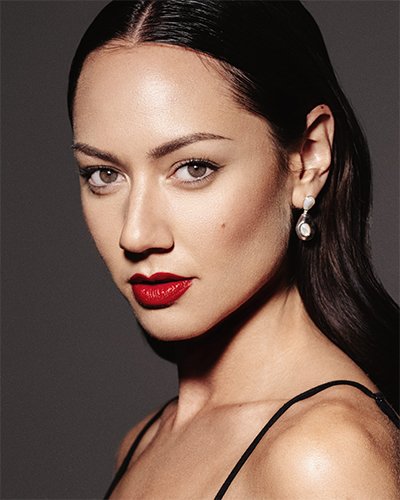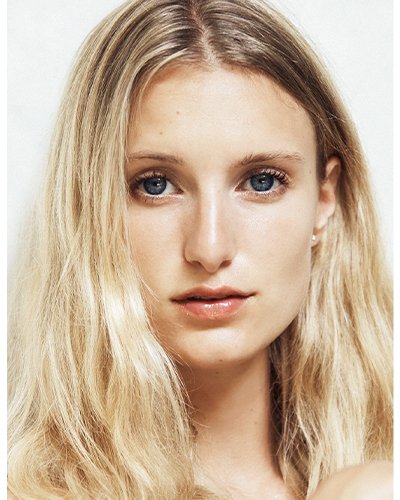
In the captivating tapestry of beauty, certain styles emerge as shining beacons that transcend time and leave an indelible mark on the pages of history. These iconic beauty styles, each reflecting their own era, weave a narrative that transcends the centuries, creating a luminous legacy that continues to inspire and influence. As we embark on this journey through time, we explore the iconic beauty styles that have defined eras, shaped perceptions of glamor and left a lasting impression on the evolving canvas of beauty.
The legacy of iconic beauty styles has its roots in ancient civilizations and none is more revered than the timeless elegance of Egyptian beauty. As early as 3100 BC. By the 1st century BC, the Egyptians highly valued cosmetics and considered them an essential part of religious rituals and daily life.

The Renaissance, which spanned from the 14th to the 17th centuries, marked a cultural rebirth that also extended to the realm of beauty. Renaissance beauty styles were characterized by a revival of art, literature, and classical ideals, and reflected a renewed appreciation for the human form and a celebration of individual beauty.

The Victorian era, which spanned Queen Victoria’s reign from 1837 to 1901, was a time of contrasts in beauty standards. The dichotomy of modesty and ornate opulence defined Victorian beauty and reflected the social norms and values of the time.

The 1920s, known as the Roaring Twenties, was an era of change that brought about a seismic shift in social norms and fashions. The Jazz Age, characterized by exuberance and a rejection of Victorian constraints, gave birth to a bold and liberated style of beauty.